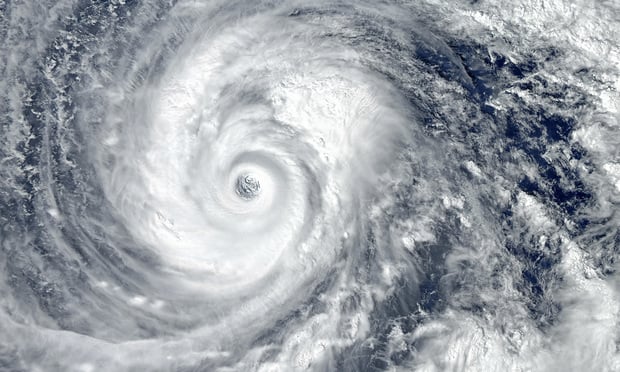 Across all homeowners surveyed, including those that didn't see weather damage in recent years, 59% think they will be impacted by weather risks in the coming decade. (Credit: EvgeniyQW/Adobe Stock)
Across all homeowners surveyed, including those that didn't see weather damage in recent years, 59% think they will be impacted by weather risks in the coming decade. (Credit: EvgeniyQW/Adobe Stock)
Among the 32% of homeowners that had weather-related damages in the past five years, almost all (92%) expect their dwellings to suffer further damages from weather in the coming decade, according to a survey from the Insurance Information Institute (Triple-I) and Munich Reinsurance America, Inc. Just 2% believe their homes will never see weather damages again.
Recommended For You
Want to continue reading?
Become a Free PropertyCasualty360 Digital Reader
Your access to unlimited PropertyCasualty360 content isn’t changing.
Once you are an ALM digital member, you’ll receive:
- Breaking insurance news and analysis, on-site and via our newsletters and custom alerts
- Weekly Insurance Speak podcast featuring exclusive interviews with industry leaders
- Educational webcasts, white papers, and ebooks from industry thought leaders
- Critical converage of the employee benefits and financial advisory markets on our other ALM sites, BenefitsPRO and ThinkAdvisor
Already have an account? Sign In Now
© Touchpoint Markets, All Rights Reserved. Request academic re-use from www.copyright.com. All other uses, submit a request to [email protected]. For more inforrmation visit Asset & Logo Licensing.







